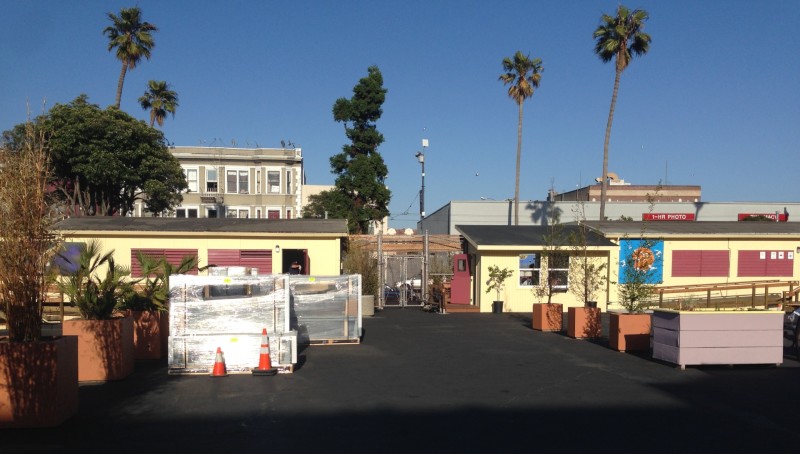"We have a crisis surrounding our homeless population, and it's reached a state of emergency," Farrell said in an interview.
"It is being felt in every neighborhood of our city," he said. "We need to make sure we're exploring every single possibility to get these individuals off our streets and onto their own two feet."
Farrell wants officials with the city's Housing Opportunity, Partnerships & Engagement office and representatives of the Public Health, Human Services and Public Works departments to come before a board committee to explore how much an expansion would cost and where in the city new centers could open up.
The creation of the first Navigation Center was aided by financial contributions from an anonymous donor. The city would need to find money to pay for acquiring land and construction costs for similar centers.
Farrell, who represents the Marina and Pacific Heights neighborhoods, wants to study the idea of directing money toward new Navigation Centers that is now used for some city-funded shelters.
"If we can find a better way that provides better outcomes, that's what we need to be looking at as a city," Farrell said.
In the past, some officials have floated the idea of putting a sales tax on the ballot to help fund a Navigation Center expansion.
Meanwhile, residents of some neighborhoods have resisted the opening of new homeless facilities in their midst.
Earlier this month, the city pulled back on a plan to build a shelter in Bayview-Hunters Point after considerable opposition.
Supervisor David Campos, who represents the Mission, the site of the city's first Navigation Center, is not interested in another one in his district.
"I strongly believe that is now time for other neighborhoods to step up and welcome Navigation Centers in their communities," Campos said in a statement. "To address the homelessness crisis in San Francisco, we need at least five or six centers in neighborhoods through the city. The Mission has led the way, and it is now time for other districts to follow suit."
Another worry is whether a city in the midst of an affordability crisis can offer enough housing so that homeless people can exit the centers to more permanent places to live.
"That's certainly a huge concern," Farrell said. "As we build more Navigation Centers we will need to have more housing on the back end."
Increasing the centers' presence in the city has the support of the city's leading homeless advocacy group, an organization that has been at odds politically with Mayor Lee's administration on similar issues in the past.
"We do believe that the concept should be expanded for the entire shelter system," said Jennifer Friedenbach, the executive director of the Coalition on Homelessness, in an email. "All shelter residents should have the same access to housing and services so they may exit the shelter system."

